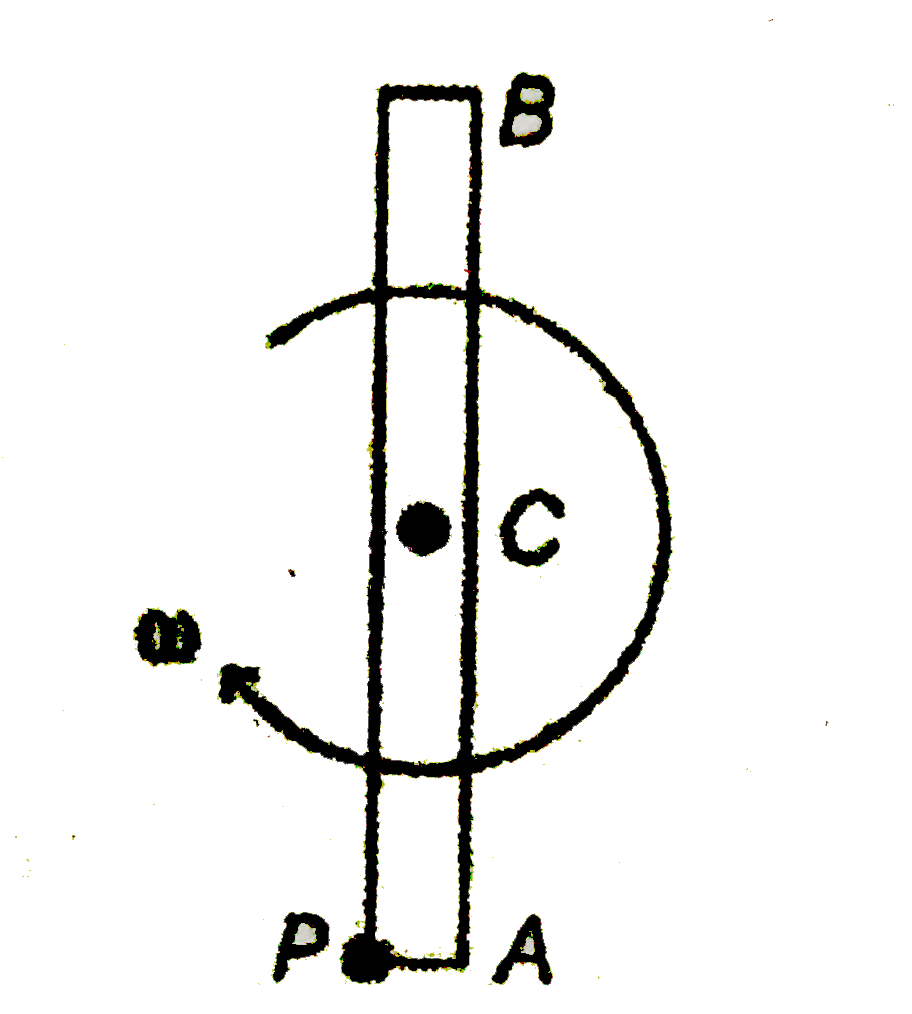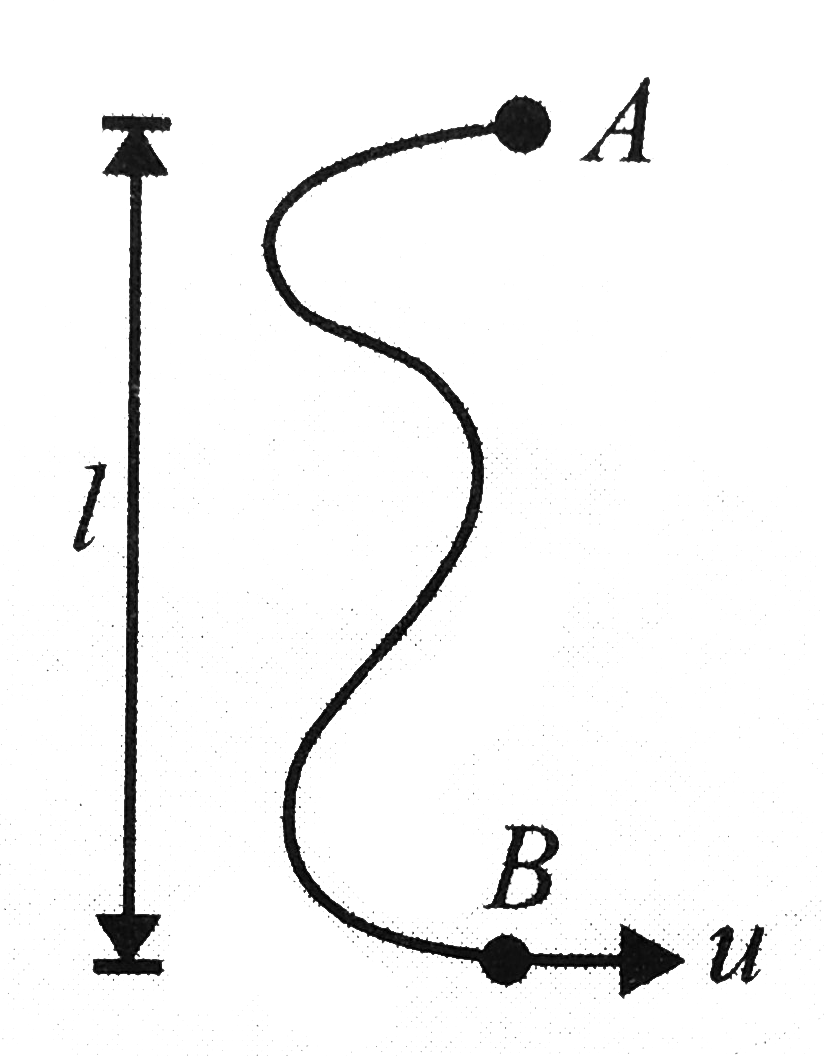A cycle pump becomes hot near the nozzle after a few quick strokes even if they are smooth because
(a) the volume of air decreases
(b) the number of air molecules increases
(c) the compression is adiabatic
(d) collision between air particles increases
The correct Answer is:C
In adiabatic compression, internal energy of gas increases. So, temperature increases.
Topper's Solved these Questions
- BOOK - DC PANDEY ENGLISHCHAPTER - LAWS OF THERMODYNAMICSEXERCISE - Level 1 Objective Questions1videos
LAWS OF THERMODYNAMICS
- BOOK - DC PANDEY ENGLISHCHAPTER - LAWS OF THERMODYNAMICSEXERCISE - Level 1 Subjective24videos
LAWS OF THERMODYNAMICS
- BOOK - DC PANDEY ENGLISHCHAPTER - LAWS OF THERMODYNAMICSEXERCISE - Level 1 Assertion And Reason10videos
LAWS OF THERMODYNAMICS
- BOOK - DC PANDEY ENGLISHCHAPTER - LAWS OF MOTIONEXERCISE - Medical entrances gallery39videos
LAWS OF MOTION
- BOOK - DC PANDEY ENGLISHCHAPTER - MAGNETIC EFFECT OF CURRENT AND MAGNETISMEXERCISE - Integer type Questions10videos
MAGNETIC EFFECT OF CURRENT AND MAGNETISM
Similar Questions
Knowledge Check
- Question 1 - Select One
Having become an expert on gel electrophoresis, you are asked to examine a gel. Where would you find the smallest segments of DNA?
(a) Near the positive electrode, farthest away from the wells
(b) Near the negative electrode, close to the wells
(c) Near the negative electrode, farther away from the wells
(d) Near the middly, they tend to slow down after the first few minutesANear the positive electrode, farthest away from the wellsBNear the negative electrode, close to the wellsCNear the negative electrode, farther away from the wellsDNear the middly, they tend to slow down after the first few minutes
Consider a cycle tyre being filled with air by a pump. Let V be the volume of the tyre (fixed) and at each stroke of the pump ΔV(<<V) of air is transferred to the tube adiabatically. What is the work done when the pressure in the tube is increased from p1 to p2 ?
View Solution1L of CO2 is passed over hot coke . then volume after complete reaction is ? when the vol of reaction mix becomes 1.4L
View SolutionA rod lying on a frictionless horizontal surface is initially given an anglular velocity ω about vertical axis which passes through center of mass. The centre of mass is at rest but not fixed. The length of the rod is L. Subsequently, end A of the rod collides with nail P, which is near to A such that end A becomes stationery immediately after impact. Velocity of end B just after collision will be
 View Solution
View SolutionTwo particles A and B of equal mass m are attached by a string of length 2l and initially placed over a smooth horizontal table in the positoin shown in fig. particle B is projected across the table with speed u perpendicular to AB as shown in the figure. find the velocities of each particle after the string becomes taut and the magnitude of the impulse tension.
 View Solution
View SolutionTwo particles A and B of equal mass m are attached by a string of length 2l and initially placed over a smooth horizontal table in the position shown in fig. particle B is projected across the table with speed u perpendicular to AB as shown in the figure. find the velocities of each particle after the string becomes taut and the magnitude of the impulse tension.
 View Solution
View SolutionA few normal seedlings of tomato were kept in a dark room. After a few days were found to have become white coloured like albinos. Which of the following terms will you use to describe them
View SolutionThe human ciculatory system can be thought of as a closed system of interconnecting pipes through which fluid is continuously circulated by two pumps the two pumps the right and left verticles of the heart, work as simple two-stroke force pumps. The muscles of the heart regulate the force by contracting and relaxing. the contraction (systole) lasts about 0.2s and a complete systole/diastole (contraction/relaxation) cycle lasts about 0.8s. For flood pressures and speeds in the normal range. the volume flow rate of blood through a blood vessel is directly proportional tot he pressure difference over a length of the vessel and to the fourth power of the radius of the vessel. The total mechanical energy per unit volume of blood just as it leaves the heart is E/V=ρgh+P+ρv2
Q. Why is diastolic blood pressure muchh lower than systolic pressure?
A. because the heart exerts more force on the blood during diastole
B. Because the heart exerts no force on the blood during diastole
C. Because the radii of the blood vessels increase during diastole while the force exerted by the heart on the blood remains the same.
D. Because the radii of the blood vessels increase during diastole while the force exerted by the heart on the blood remains the same.View Solution

